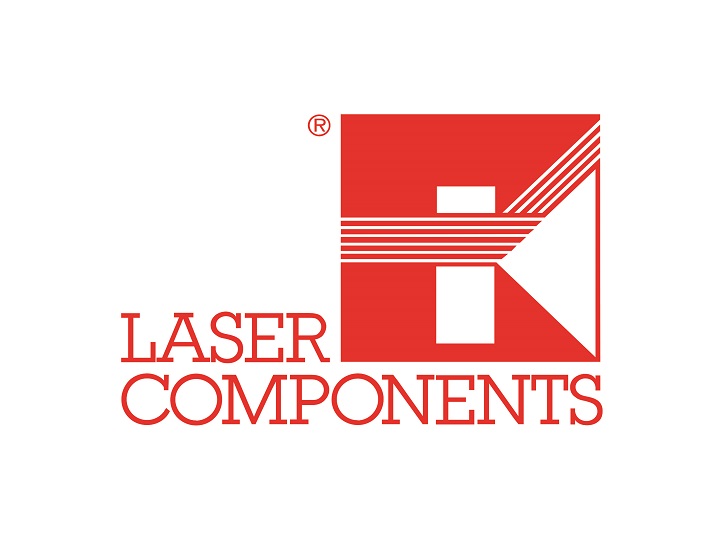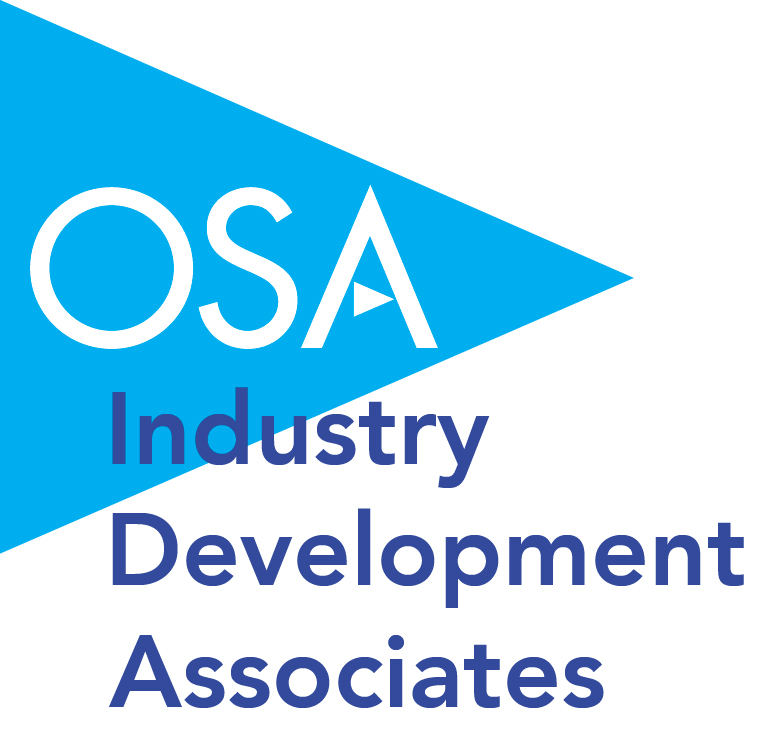OIDA Industry Profile – Laser Components GmbH
OIDA Industry Profile – Laser Components GmbH
Rebecca Robinson, Editorial Specialist, The Optical Society
OIDA member Laser Components GmbH, Olching, Germany, sells and manufactures optical and optoelectronic components. Founded in 1982 as a local distributor of imported components, the company quickly expanded into the manufacturing of laser optics and now operates branches in France, Great Britain, Sweden and the United States. In addition to their production facilities in Germany, Canada, and the United States, Laser Components is in the midst of building a new facility for their detector manufacturing opterations. Today, the company focuses on developing and manufacturing new and innovative components and continues to serve as a distributor for fellow international manufacturers. Here, OSA spoke with Laser Components Head of Sales, Sven Schreiber, about his career and Laser Componets‘ work in photonics.

OSA: What markets does Laser Components serve, and how would you describe the unique value the company brings to those markets?
Sven Schreiber: Being a components manufacturer, we make the “LEGO blocks” of the photonics industry. As a result, we are in the advantageous position to sell to a very diverse range of markets including industrial, defense, aerospace, medical and scientific. I am not aware of any other company our size that has such a broad technology pool in-house. Our customers thus benefit not only from our expertise but also from our capabilities – which we happily employ for customer-specific developments.
Laser Components began with the sale and production of lasers and optoelectronic components out of the founder’s home and has rapidly expanded over the past 37 years. How have the goals of the company changed over this period?
The goal – providing our customers with the photonic components they need to enhance their applications – has remained the same. What has changed significantly is the means at our disposal. In the beginning, the company’s business model was distribution only. Over time, we started to manufacture more and more products ourselves because our customers were looking for things that nobody else offered. Incidentally, our first in-house product was laser optics. For more than 30 years, Laser Components has been manufacturing high-power laser optics, featuring some of the highest damage threshold values in the industry.
Now that the company is approaching 40, it’s a good time to ask, where do you expect the company to be in another 40 years?
What was coined to be a “solution seeking a problem” (the first laser, that is) has become the backbone of our modern world. Photonics, as an enabling industry, provides tremendous growth opportunities for traditional sectors like the industrial, medical, automotive and consumer markets. As a components manufacturer we are addressing them all, and there is no end in sight! So, in another 40 years, I expect us to do the exact same thing – just on a much larger scale.
Is there a future market or emerging technology/application that is particularly interesting or exciting for Laser Components? Where do you see the next advancement happening?
If I had to pick just one, it would be “autonomous movement.” Lidar and the driverless car are the main buzzwords here, but I am also thinking of drones and robots – everything that, because it moves, has to become aware of its surroundings so as not to bump into things. Our pulsed laser diodes on the emitter side and our APDs on the detector side are perfectly suited technologies for this type of application. The projected demand has spawned a race towards possible solutions by both traditional companies and new players, all trying to range further and at higher resolution – and all are potential customers of our components.
What is the best decision that Laser Components has made to date?
Embarking on the path of manufacturing, thereby directly taking our fate into our own hands. Distribution is still an important part of our business and, in absolute numbers, has grown continuously ever since the beginning. However, in-house manufacturing, responsible for more than two thirds of our revenue (and counting), gives us a much greater degree of freedom when considering the evolution of a product or technology. This constant pushing of the envelope and the ability – and willingness – to address our customer’s specific requirements is only possible if you have full authority over the technology.
How about the worst, or riskiest, decision? Do you have any regrets about a specific decision or direction?
Over the course of almost 40 years in business there have been many decisions that, at the time, were risky in the sense of bold entrepreneurial steps: changing our business model from sole distribution to include manufacturing, establishing sales offices throughout the world, setting up manufacturing facilities in North America, or – our latest project – a new, purpose-built facility (slated for completion in mid-2020) to house our entire detector manufacturing. Of course, temporary setbacks along the way did happen but they are outweighed by far by the overall success of the Laser Components Group. So, no – no regrets.
In terms of international expansion, what has been the biggest challenge that Laser Components has faced so far, and how has the company addressed it?
Pretty much simultaneously setting up our pulsed laser facility in Canada and our APD facility in the U.S. in the early 2000s – right after the telecom bubble had burst – was a major undertaking. Aside from the huge financial investment, setting up a company on a different continent and operating within a foreign legal framework brought its own set of challenges. At the end of the day, what turned this into a success story, were the people we teamed up with—like-minded individuals who shared the same ideas, ideals, and a fondness for technology. This overseas expansion became the nucleus for turning Laser Components from a small German company into the well-diversified, international technology company we are today.
Tell me a bit about your personal career path. How did you get to this point?
Unlike most of my colleagues in sales, who have a technical background, I majored in business administration and economics. After finishing my degrees, I started at Laser Components as export manager in 2002. My primary task was to develop and grow our international network of distributors for our – at the time rather limited – range of in-house products. By 2014, the company had almost doubled in size to about 100 people and needed to grow its organizational structures; I was appointed as head of sales. A couple of years later I joined the management team and became an authorized officer of the company.
What advice would you give others looking to start a company?
There is something immensely gratifying in seeing an organization grow and actively shape its future. Therefore, I can only encourage people to heed their entrepreneurial calling. But even the most brilliant idea will get you nowhere if you do not have the right people on your side to make it happen. So choose wisely who you partner with and pay as much attention to organization building as you do to the technology.

Why did you decide to join OIDA? What do you see as the value of OIDA?
OIDA is like a hub where the optics and photonics industry has the opportunity to get together, share insights, and build bridges for the future. As a member, we have access to numerous benefits such as monthly market report updates that serve as valuable input for making business decisions, conference and network events, where new technology is presented, and other programs that facilitate the promotion of our industry. Together as a community, our support is important to create awareness of the rewarding work of our engineers who are working on applications that improve our daily lives in many ways.
